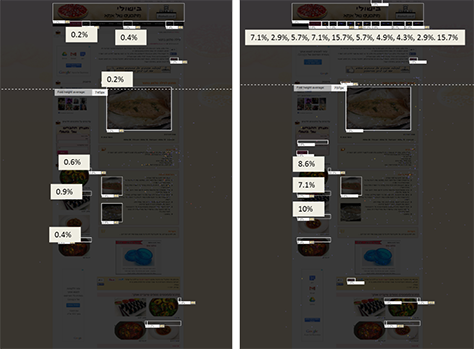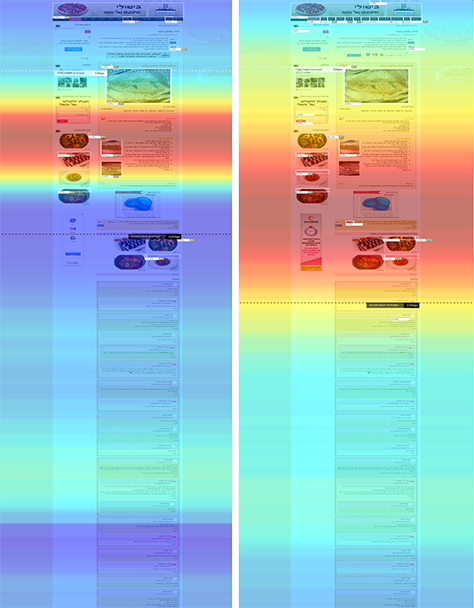Transforming the Web into Effective Experiences
Rather than approaching design from their own viewpoint, implementers need to recognize that user-centered design specifications are necessary to the process of transforming Web sites and applications into experiences that are more effective and more enjoyable for consumers. Therefore, we need to conceive of a method of systemizing the way people perceive Web sites and applications—and the way we define their functional attributes.
One possible route to understanding the mind of the customer or user is the study of market-segmentation variables. This approach assumes that certain types of people interact with products in specific ways, in particular situations—and that their behaviors relate to the properties of the product that they’re using. Segmentation provides a method of identifying subgroups of consumers who are likely to respond in a relatively homogeneous way to particular products or brands.
An important variable that we can use to differentiate between users is their gender. Research has provided evidence that there are inherited differences between the cognitive styles of men and women—that is, the way men and women think, perceive, and remember information.
The Extreme Male Brain (EMB) model suggests that there are two cognitive styles that explain the differences between men’s and women’s information processing: systemizing and empathizing. This model derives from Simon Baron-Cohen's Extreme Male Theory of Autism. According to Baron-Cohen, there is observable neurological differentiation between boys and girls at birth. While most female babies give most of their attention to social stimuli such as human faces and voices, the majority of boys pay greater attention to non-social, spatial stimuli—for example, the movement of a mobile hanging above a crib. In other words, while female babies like watching people, male babies like watching things that move. Throughout their lives, male and female individuals continue to manifest these early traits in more and more complex ways.
In general, males are significantly better at systemizing than empathizing, while female brains have the opposite cognitive profile. Extreme male individuals who may be weak in empathy—or mindblind to some extent—are at the autistic end of the spectrum; thus, the name of Baron-Cohen’s theory.
Empathizing encompasses all of the skills that are involved in normal, reciprocal social relationships—including intimate ones—and in sensitive communication. Psychometric testing has shown that women, as a group, are better at decoding nonverbal communication, picking up subtle nuances of tone of voice and facial expression, and judging a person’s emotional state than most men.
Extreme Male-Brain Cognitive Styles
Empathizing is competence in recognizing another’s mental state and communicating the appropriate response—for example, knowing not to ask “What will we have for lunch?” immediately after hearing that a colleague’s father has just passed away. This complex ability requires a high-level of integration. It’s necessary to:
- Identify the other’s feelings in a given situation.
- Act accordingly, choosing the appropriate behavior or response.
According to the Theory of Mind, or ToM, empathizing is, therefore, the ability to put oneself into someone else’s shoes; to imagine their thoughts and feelings; and to understand that others have beliefs, desires, and intentions that are different from one’s own.
Systemizing is the drive to analyze or build a system—or to try to identify the rules that govern a system in order to predict how it will behave. Systemizing requires paying a great deal of attention to every detail, since each tiny part in a system may have a functional role. Such systematic analysis allows a person to understand the cause of a certain action, rendering the world more predictable. In an extreme case, the male brain tends toward systemizing and mechanistic thinking, treating other people as if they were logical systems or machines.
In general, females are stronger empathizers and males are stronger systemizers. A growing body of evidence suggests that males spontaneously systemize to a greater degree than females do, while females spontaneously empathize to a greater degree than males. Furthermore, other studies have suggested that mathematics, physics, and engineering—all of which require a high degree of systemization—are largely male occupations, while women are better at decoding nonverbal communications, picking up subtle nuances from tone of voice or facial expression, or judging a person’s character.
Obviously, this does not mean that all men are systemizers and all women are empathizers. Rather, it indicates that, on average, a higher percentage of men tend to systemize while women tend to empathize to a greater degree.


